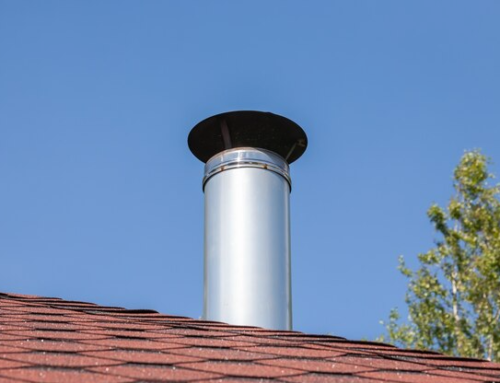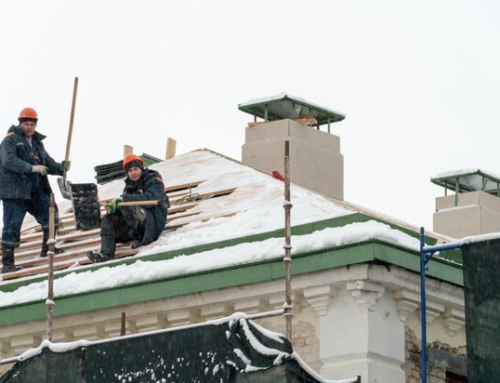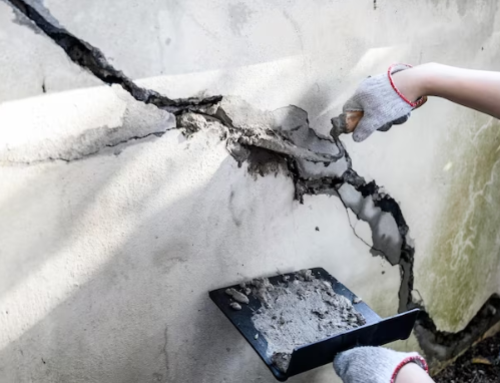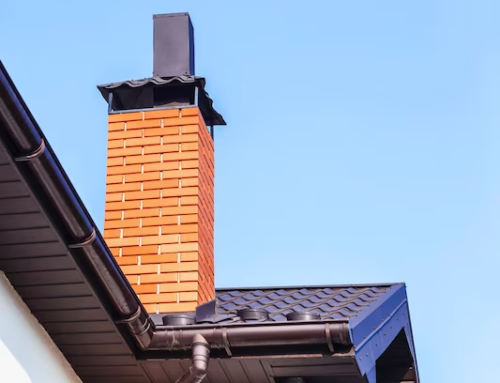The Chimney Safety Institute of America (CSIA) recommends that chimneys should be inspected once when you buy the house and then every 12 months after that. Chimney inspections carried out by a professional are much more thorough and often require specialized equipment, such as chimney camera systems.
If you’re planning to get a chimney inspection done, here are some things that you can find in the inspection report.
1. Creosote Buildup
One of the first things that a chimney inspection will cover is the amount of creosote on the chimney lining. Creosote is a natural byproduct of wood burning and can stick to the walls of your chimney to produce a highly combustible substance.
2. Chimney Cap
The chimney cap protects your chimney from snow, rain, debris, and even small animals. A missing or cracked cap could spell trouble because it’s quite likely that moisture, dirt, or small animals may have made their way inside and obstructed the flue. This can increase the risk of fire and cause poor ventilation.
3. Chimney Flashing
The flashing is a waterproof seal that protects the roof and chimney from damage. If the flashing becomes loose or warped, it can allow water to seem inside and cause deterioration of the masonry.
4. Tree Branches
Apart from the chimney itself, a chimney inspector will also look at the surrounding area. Overgrown tree branches may obstruct proper ventilation from the chimney and may even provide easy access to small animals. To minimize the risk of fire, chimney damage, and obstructions, the inspector might recommend you trim away branches.
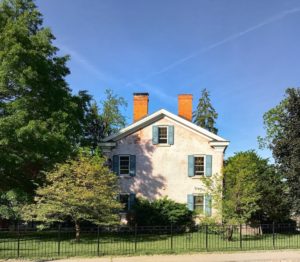
5. Bricks and Mortar
The bricks and masonry work that make up the chimney’s exterior also need to be reviewed. Any missing, cracked, or chipped bricks need to be repaired immediately to prevent freeze-thaw action.
6. Test Damper
The chimney damper ensures that there’s a proper seal on the chimney opening to prevent downward airflow. The chimney inspector will check the damper to see if it opens and closes smoothly and can seal adequately.
7. Check the Smoke Detectors
A thorough chimney inspection will also include a review of the safety equipment you have in the house. This may include replacing all batteries of smoke and carbon monoxide detectors and inspecting them to ensure they work properly.
CT Chimney Repair offers professional chimney repair and comprehensive chimney inspection services at reasonable rates all across the state of Connecticut. Get in touch with our chimney experts today for further imformation.

